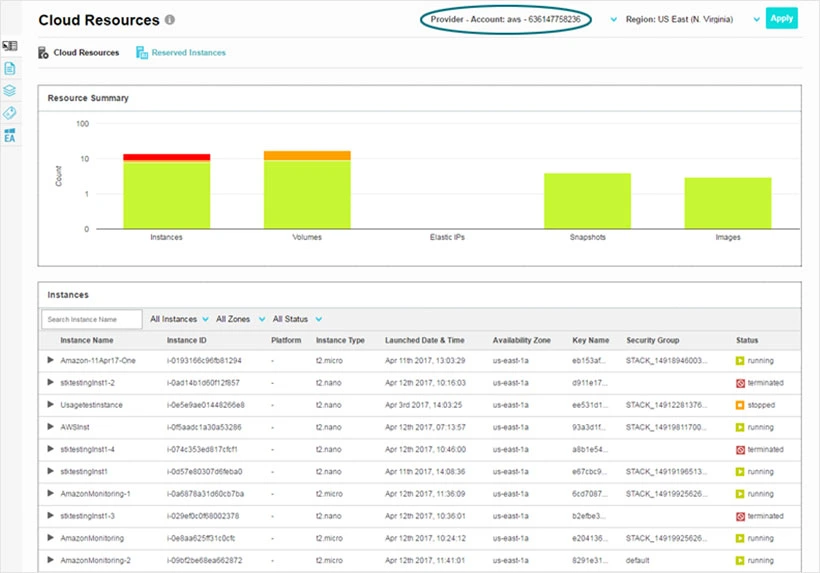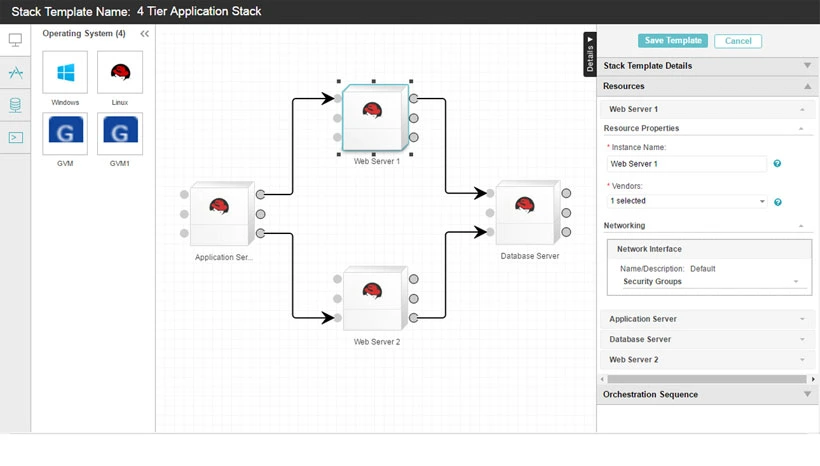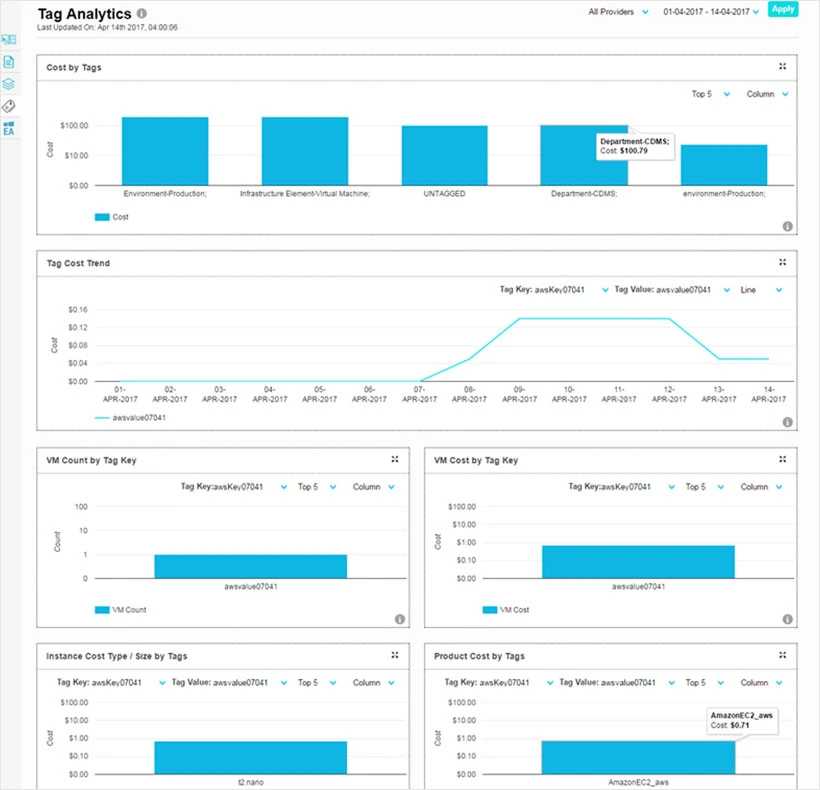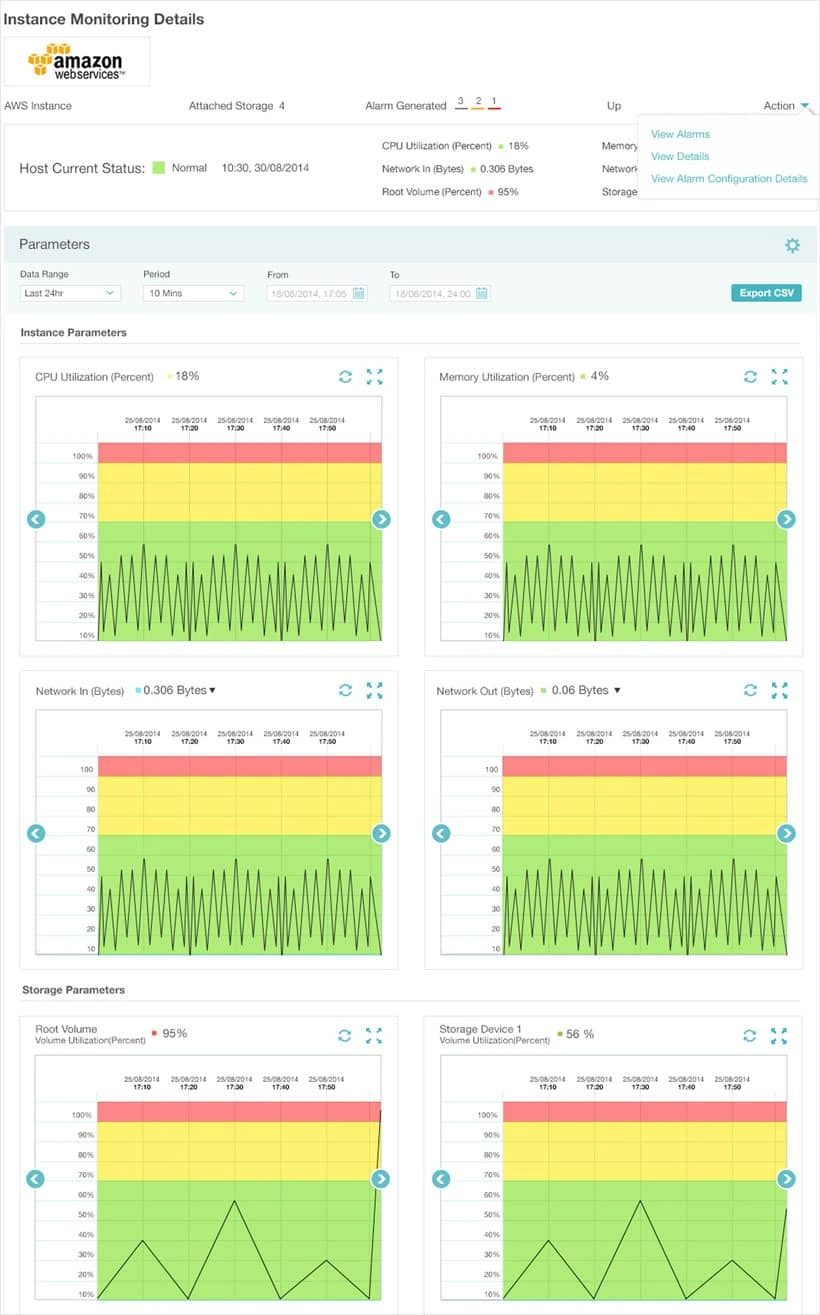As Gartner defines, "Hybrid Cloud computing refers to policy-based and coordinated service provisioning, use and management across a mixture of internal and external cloud services." Gartner says by 2020, a corporate "No-Cloud" Policy will be as rare as a "No-Internet" policy is today as per this article and specifically the Infrastructure as a Service (IaaS) market is projected to continue to grow more than 25 percent per year through 2019. This surge in cloud adoption also represents a huge shift in cloud spending by IT organizations, directly or indirectly affecting more than $1 trillion dollars in Cloud IT purchases by 2020, according to Gartner.
Of course, not every enterprise app and data bit will move fully to the cloud. To quote yet another study—this one by North Bridge Venture Partners and GigaOM Research—many of these deployments will be hybrid in nature. For enterprises and smaller organizations alike, it's essential to build a cloud strategy that adopts public and private cloud resources, on-premise systems, containers, and more. Research confirms that more than half of enterprises will take this approach.
Increasing adoption of hybrid clouds makes it critical for technology leaders to strategically develop the ability to manage them, and implement cloud management capabilities to address business challenges.

Key Benefits of a Hybrid Cloud
- The mix-and-match nature of hybrid IT solutions allow organizations to define and implement the right mix of technologies for them. Specifically deploying what they need and where they need it, is the primary benefit for this cloud model.
- The control, familiarity, and security that comes with on-premise IT solutions are balanced with flexibility, scalability, and economies of scale that come with managed hosting, public cloud services. Instead of having to adopt a one-size-fits-all approach, IT requirements can be delivered to exact specification and preference, by considering business size, structure, location, and budget.
- One of the key benefits of a hybrid cloud is provisioning at a lower cost and high speed (as and when the required functionality of the public cloud component)
The ability to deploy to any infrastructure, of their choice, based on their needs and in an agile manner is of significance to the IT Manager. IT and DevOps especially emphasize on the ability to respond to changing business requirements by speeding up the delivery of core technology services with the flexibility to use a mix of multiple cloud models - private, hosted or public based on their security, compliance, scalability and performance needs.
Requirements from the Hybrid IT Managers
- For operating a hybrid cloud model the underlying application, integrations and data architectures need to be revisited, sometimes tweaked, while other times overhauled. New tools for deployment, monitoring, and management are required. Managers in charge of maintaining the Hybrid IT environments, seek to ensure the availability of the complex set of skills, tools, and processes needed to manage hybrid infrastructure on a consistent, global scale.
- The management and optimization of a hybrid IT infrastructure prove to be a constant challenge. While IT teams must develop new skills to collaborate more closely, several of them would also like to leverage the skills of the experienced and expert managed technology services providers who can design and deliver optimized hybrid IT solutions at a quicker pace.
- As enterprises adopt more and more cloud-based applications, they need to be able to provision and de-provision both apps and users fast enough to keep up with business requirements, while maintaining tight security and compliance through identity management. Managers aim to ensure data governance by restricting access to resources through RBAC mechanism where users and groups can be granted different roles and assign permissions to those roles.
- Support for Authentication and access management methods are necessary to ensure users use their corporate accounts for Single Sign On (SSO) to enable increased visibility, auditing, and control over access to cloud resources. Whether it's provisioning, meeting compliance requirements, or simply reducing the number of help desk calls, SSO plays an integral role in efficient enterprise IAM.
- Regular users of infrastructure resources seek simplified orchestration and templates that allow operators to configure a server once and reuse that configuration reliable and repeatable to provision more servers. This avoids repetitive manual tasks when the DevOps staff could be adding value to the business and has the added benefit of restricting the service availability and resource types to what's available in the stack.
- Enterprises seek to place accountability and ownership on the cloud users by enforcing an abstract grouping mechanism like 'Resource-based Tagging' that can be used to associate resources with a particular department or functional team.
- Cloud resources can be spread among many cloud services making it hard to track and account. This problem is compounded by the fact that workers may engage in cloud services without the IT department's knowledge. Thus, Shadow IT is not just a risk but actual issue to deal with. The IT team should have tools to avoid shadow IT by having access to a centralized pane of glass that adheres to the first rule of data governance - to know what you have and where it is.

- IT Managers rely on useful and timely data about the utilization statistics of cloud resources to make the decisions necessary to optimize cost and usage. They will use this information to optimize and find the "best execution venues" for cloud workloads by weighing factors like performance, reliability, cost, and security and then matching appropriate solutions to enterprise priorities.
- Enterprise seek automated policies, rules, and schedules to keep costs from spiraling up, by automatically shutting down QA and Dev servers outside of business hours or terminating un-used volumes to reduce costs, and automatically right-sizing the VMs based on their monitored utilization. Automated alerts and notifications about authorization failures, budget overruns, cost spikes, un-tagged infrastructure result in increased visibility and accountability to the Enterprise stakeholders.
- Stakeholder need to access Dashboards with real-time actionable data. The visibility gained into the cloud consumption patterns enables analysis in terms of the cost implications, usage trends, performance thresholds, and security implications. This provides managers with an opportunity to evaluate and optimize the infrastructure across multi-cloud and hybrid environments.
- Finally, organizations require automated IT showback and chargeback capabilities that provide timely, accurate transparency into how your IT resources are being consumed, who is consuming them, and at what cost – all rolled up into a single bill of IT.



If the above needs of the Hybrid IT are addressed, then Enterprises can realize not only IT cost savings and efficiencies, but also overall business growth objectives, and increased agility and innovation by leverage the flexible scalability of public clouds, along with the security and control of their own private infrastructure.